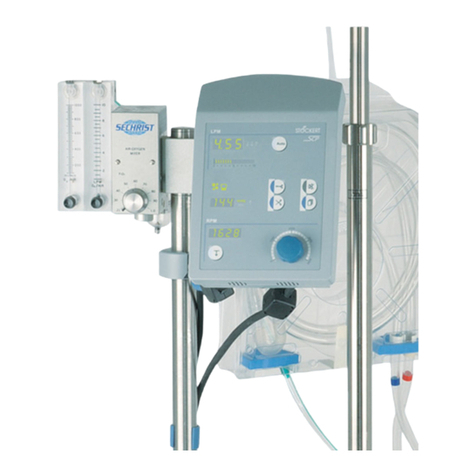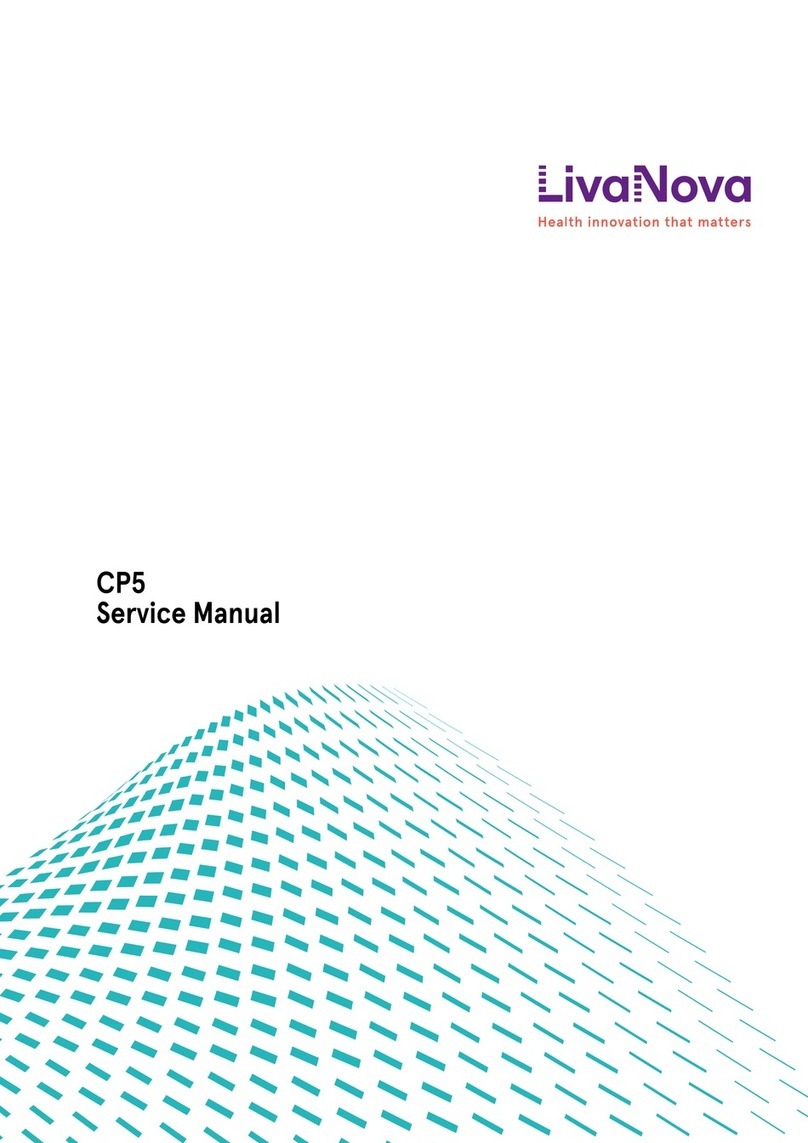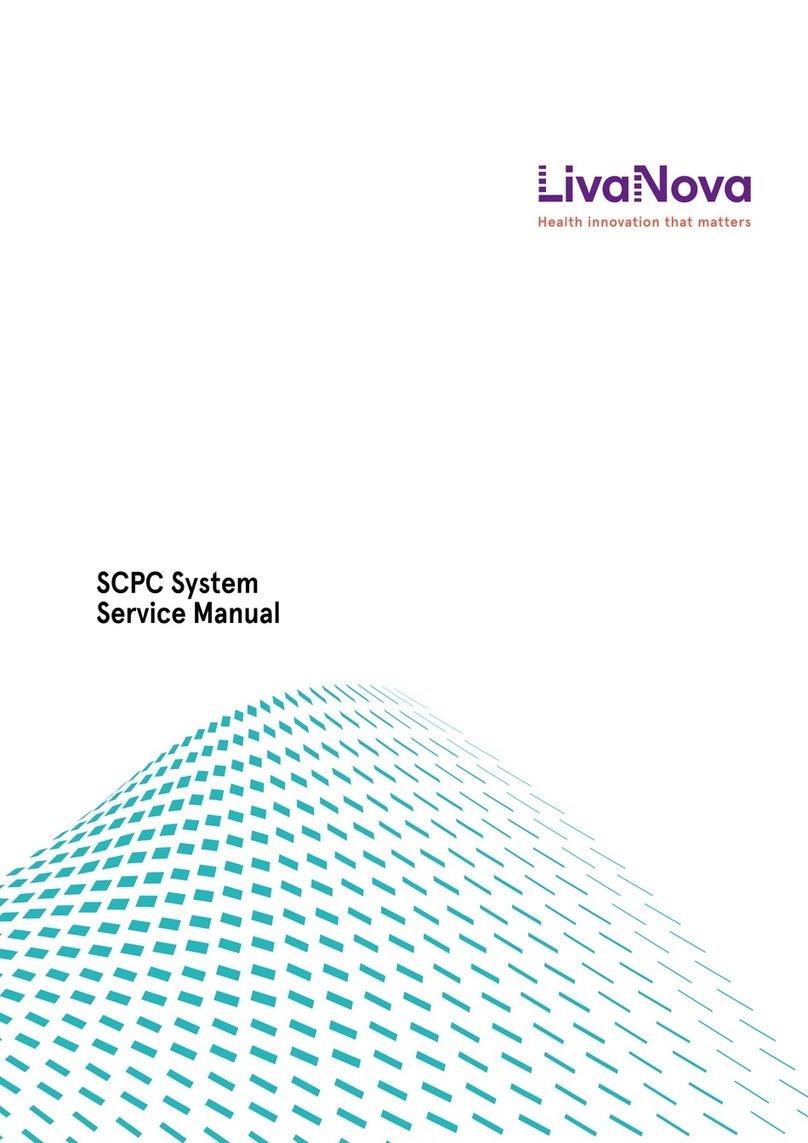
Heater-Cooler System 3T • Table of contents
CP_IFU_16-XX-XX_USA_023 3
Table of contents
1 Introduction 5
1.1 Introduction . . . . . . . . . . . . . . . . . . . . . . . . . . . . . . . . . . . . . . . . . . . . . . . . . . . . . . 6
2 Safety 13
2.1 Safety information . . . . . . . . . . . . . . . . . . . . . . . . . . . . . . . . . . . . . . . . . . . . . . . . 14
3 System description 19
3.1 General description . . . . . . . . . . . . . . . . . . . . . . . . . . . . . . . . . . . . . . . . . . . . . . . 20
3.2 Structure of the heater-cooler . . . . . . . . . . . . . . . . . . . . . . . . . . . . . . . . . . . . . . . 25
4 Preparing the heater-cooler for a procedure 33
4.1 General technical requirements . . . . . . . . . . . . . . . . . . . . . . . . . . . . . . . . . . . . . 34
4.2 Conducting any required disinfection and maintenance . . . . . . . . . . . . . . . . . 36
4.3 Connecting the procedural tubing . . . . . . . . . . . . . . . . . . . . . . . . . . . . . . . . . . . 37
4.4 Connecting the potential equalization cable and the power supply . . . . . . . . 40
4.5 Connecting the aerosol collection set . . . . . . . . . . . . . . . . . . . . . . . . . . . . . . . . 42
4.6 Connecting to the S5/C5 System (if applicable) . . . . . . . . . . . . . . . . . . . . . . . . 49
4.7 Filling and mixing water tanks . . . . . . . . . . . . . . . . . . . . . . . . . . . . . . . . . . . . . . 50
5 Using the heater-cooler during a procedure 57
5.1 Positioning the heater-cooler in the OR . . . . . . . . . . . . . . . . . . . . . . . . . . . . . . . 58
5.2 Connecting the procedural tubing to external devices . . . . . . . . . . . . . . . . . . . 61
5.3 Powering on and checking the panel . . . . . . . . . . . . . . . . . . . . . . . . . . . . . . . . . 63
5.4 Performing a functional check prior to operation . . . . . . . . . . . . . . . . . . . . . . . 68
5.5 Priming the complete circuit . . . . . . . . . . . . . . . . . . . . . . . . . . . . . . . . . . . . . . . . 71
5.6 Using the device controls during a procedure . . . . . . . . . . . . . . . . . . . . . . . . . . 74
5.7 Completing a procedure . . . . . . . . . . . . . . . . . . . . . . . . . . . . . . . . . . . . . . . . . . . 80






























